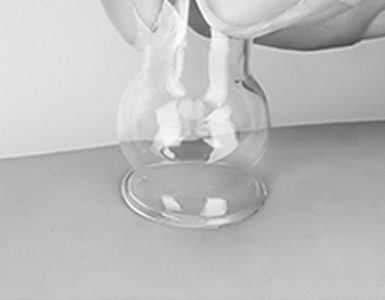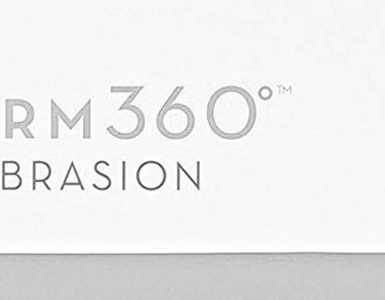The skin is the largest organ of the human body and makes up about 5% of the total body weight with a total area of about 20 square feet.
As an independent body organ, it has various functions:
- Protects the body from the harmful factors of the external environment
- Participates in the separation of waste products
- Participates in the heat exchange and regulation of the water balance in the body
- It has an important sensory function, ie through the skin we feel the touch, pain, warmth and cold of the surrounding world. The skin has a large number of nerve endings through which it perceives all environmental irritations.
The skin consists of two main layers – the epidermis (which is the target of microdermabrasion treatment) and the dermis.
The epidermis is made up of numerous epithelial cells that have the ability to wilt on the surface of your skin. The thickness of this layer is different in different parts of the face.
The cells in the deepest skin layers have the ability to divide continuously, with the newly formed cells pushing the old ones to the upper layers. In the deepest layer of the skin is the reproduction of the so-called pigment cells, i. e. those skin structures that form the pigment of the skin, which also determines its color. This pigment is called melanin. It has the ability to absorb harmful UV rays from sunlight, thus protecting the cells in the deeper layers of your skin. Proof of its action is the fact that during the summer when staying at the beach or in the mountains, the amount of this pigment visibly increases.
The most superficial layer of the epidermal layer is made up of a dense horny layer. The cells forming it are dead, have lost their cores, and practically have stopped dividing. The outermost part of this layer is subjected to continuous peeling. The stratum corneum provides reliable mechanical protection against various environmental influences (pathogens, chemical and physical factors) as well as moisture loss.

Microdermabrasion is a cosmetic procedure targeting the epidermal layer of the skin. It aims to rejuvenate, tighten and refresh the skin cells uncovered as a result of the treatment.
During the procedure, the superficial layer of cells from the epidermis is completely removed. This means that all dead cells, environmental contaminants (such as dust and other particles), makeup residue and sebum are eliminated, unclogging the pores.
This technique exfoliates and evens out the skin tone, stimulating the formation of a new, smoother and cleaner surface.
It is most commonly applied to the face, neck, and neck.
Microdermabrasion corrects rough skin, evens out uneven pigmentation, cleans blemishes and stimulates collagen production. By removing the top layers of the epidermis, the procedure stimulates the formation of a new, fresh surface layer.
Microdermabrasion can be applied to all skin types in terms of oil, color, and age. The fact that the procedure only targets the superficial layer of the skin makes it a good option for people with more sensitive skin, as it doesn’t require a recovery period and the side effects vary from very mild to none.





Add comment